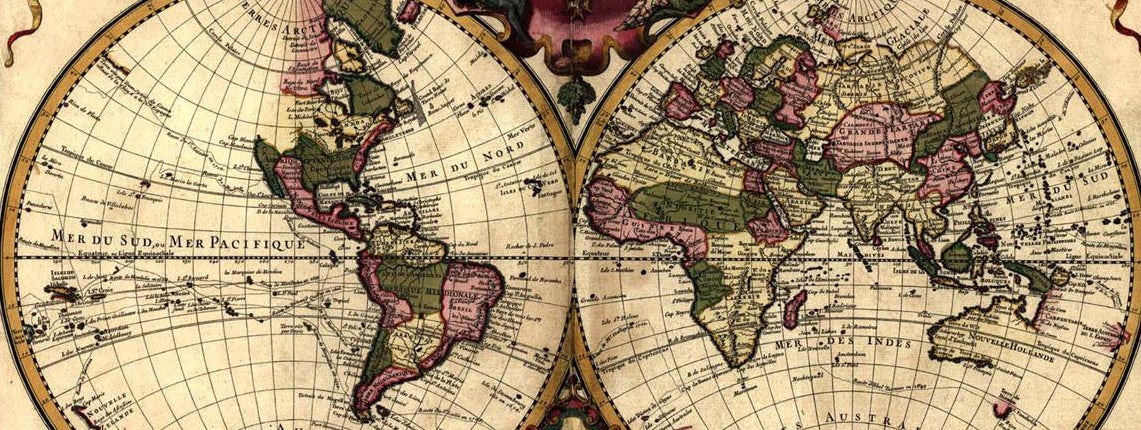
Most recently, the Financing for Development Conference in Addis Ababa, Ethiopia sparked even more discussion about the role of public-private partnerships. The official line, spoken in a multitude of tongues, is that PPPs have an important role to play, and results are dependent on projects being procured, managed and regulated well. But one thing is clear in every language: “results” are based mainly on anecdotal evidence and case studies where attribution remains dubious, and findings cannot be generalized as they depend on the particular characteristics of the specific projects.
We can do better. As economists, development professionals, finance experts, and explorers of new and creative solutions to solve the problem of poverty, we must do better. And we will – with better data.
Lack of data has constrained the empirical literature on PPPs, in turn constraining our ability to tap the territory of PPPs and its potential to transform markets. After all, what do we really know about the economic impact of PPPs? Our first-ever literature review, underway now (the first draft is available at https://www.pppknowledgelab.org/ppp_document/2384), has laid an initial foundation for knowledge, and we have made the first draft available so that colleagues and interested individuals and organizations can contribute their data.
So far, the literature review focuses on a narrow set of papers examining the results of PPPs in developing countries. These studies share a well-defined and credible identification strategy. The evidence that we have examined so far shows that there is a positive and significant impact of private sector participation in access, quality of services, labor productivity, and reduction in technical losses. The magnitude of the impact varies by sector and size of the project and with the context, especially as it relates to the institutional and regulatory environment.
Has this positive impact translated into lower prices, more jobs and less poverty? Here the availability of data becomes extremely poor and the evidence very thin. Efficiency gains do not always translate into reduction in tariffs due to initial prices below cost recovery (with subsidies not always well targeted to the poor), or with the private sector retaining part of the profit. Many scholars argue that gains in labor productivity have been linked to a reduction in staff.
Most of the literature confirms that this has been the case for short-term direct employment; however, little is known about the medium- and long-term impact on direct and indirect employment that could have counterbalanced the initial negative impact. The empirical evidence also indicates that the distributional impact varied, but the effects were largely positive.
Lack of data blocks other important conclusions that could help set a PPP agenda tied to reduction of poverty. Of the studies that do exist and have been compiled in our literature review, our analysis shows that an increase in access to public services has benefited the poorest segments of the population – groups that were usually largely excluded from access and required to pay for more expensive alternatives (for example, water and energy). Our examination of the existing data also shows that the poorest have significantly benefited from lower child mortality rates associated with increased access to and better water services from utilities managed by the private sector.
If such compelling deductions are to be drawn from the few studies that have been conducted, we can only surmise that other research conducted in an equally rigorous manner will push our understanding even further, and in turn improve PPPs’ effectiveness – which is the far-reaching goal of this literature review.
On that note, we invite additional research findings and ideas that will strengthen this literature review. It is an ongoing effort that depends on input from the entire PPP field. To contribute, please go to https://www.pppknowledgelab.org/ppp_document/2384 before August 15. Together, as data collectors, we can help transform the practice of PPPs from an art to a science, allowing us to better tap the potential of this still-untamed territory.


Join the Conversation